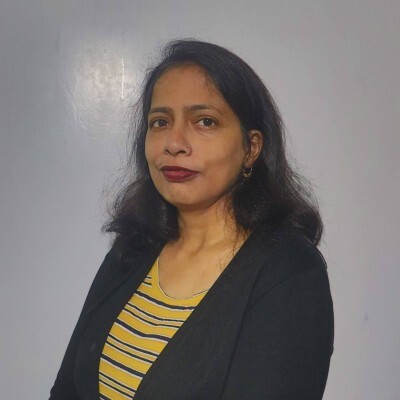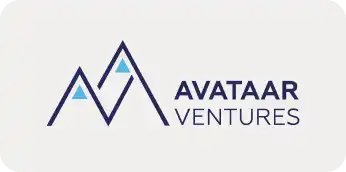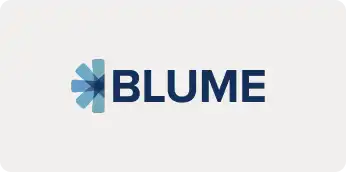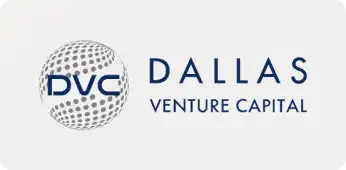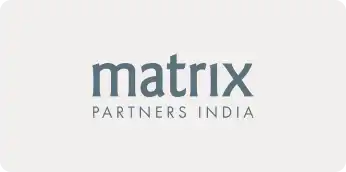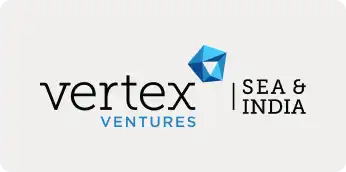Users nowadays want to be self-educated about products, so that they can explore, understand, purchase and use the self-serve product on their own. However, some products require human assistance at one or more of these stages. POSist is a cloud-based restaurant technology platform that falls in this category.
Sakshi Tulsian, together with her co-founder Ashish Tulsian, has built and scaled POSist to 30 countries, serving 9,000+ locations. She has built sales teams across geographies and led POSist to high growth since its inception in 2011. Recently, she has been named #40under40 by Business World.
In this AMA, Sakshi Tulsian, Co-Founder, POSist, talks about challenges faced in acquiring initial customers, building globally spread sales teams and transitioning to enterprise sales.
Acquiring the first customers
There are multiple customer acquisition channels available. What you should start with – inbound, outbound, paid or even offline – is very subjective. Any channel can work for any product; each one needs to be tested to see what fits. As a founder it’s your call which channel you want to start with. Eventually you will be using all of them, but it makes sense to start with what you or your co-founders or other team members are strong in.
Channels that worked for POSist
For POSist, initial customers acquisition was largely inbound. Sakshi says, We figured early on that more than what we can sell, it is for restaurants to also buy from us. This led to focus on educating the industry rather than push sales. Inbound in Indian restaurant industry worked more than outbound and CAC was the lowest too.
Of course, you must remember that Sakshi is talking about the restaurant industry when she says that push sales didn’t work.
After getting the leads, the inside sales team worked rigorously to convert them. This effort was especially challenging because they are not a self-service product. After the initial few customers, they focused on outbound too.
Some of the channels that have worked for POSist include:
- Content marketing – POSist runs an online publication The Restaurant Times to educate their target customers how they can overcome challenges to grow their business.
- Newsletters – Their newsletter has 100k subscribers and still counting.
- PPC – POSist does this as a part of keyword and market discovery, and they are not really bullish on spending on ads as a primary or even secondary source.
As for offline channels, here is what Sakshi has to say: Trade shows, conferences and curated events worked wonders for us both in short-term lead gen and long-term brand building.
Controlling Customer Acquisition Costs
The customer acquisition costs for products that are not fully self-serve can go through the roof if not done correctly. You must consider onboarding and support as part of the core product and price accordingly. Whether you are new or established, customers pay for what they feel adds value. Of course, it’s your responsibility to display the value provided by the support teams.
“I feel bad when start-ups look at support services as an unnecessary cost center and neither factor for it nor charge.“
Sakshi
Following this principle, POSist was able to make customer acquisition viable since the beginning.
Putting together a sales team
Initial sales strategy at POSist was founder-led and Ashish was the organizational face for the customers. But soon they realised that as founder Ashish should get more time to provide leadership and make product decisions rather than be involved in day-to-day operations of any single team, however critical. As soon as the decision was made, they hired an external sales lead and a non-founder-led sales engine was built.
Selling from India
Whether you need a local sales team or not depends on who you are selling to. If your customer is an advanced internet user and already uses platforms like VWO or HubSpot, you can do the entire cycle sitting in India and have a local team for ACV of $250k and above. But if your target group is not tech first, selling even for a $50k ACV needs someone to show up in person.
POSist has a sales team based in 5 countries apart from India; mostly 2-4 people teams on ground. They are supported by inside sales team based in India. Sakshi feels that this model works the best for them.
Hiring for MENA or West is different
Hiring for sales teams in India is very different to hiring teams to sell in the West or MENA. Sharing some broad geo-neutral sales lessons from POSist playbook, Sakshi says that people who can sell services may not be the ones who can sell a product. In services you get paid for saying yes to customer’s demands and figuring out what the right price would be. But for products, you are required to say no to so many of custom demands and still manage to sell. You need to hire people who can command the conversation, understand customers problems in their own unique ways and then sell.
Do not assume people bringing in the rolodex will be able to convert business for you. Customers are smarter than that. Look for hustlers and not for name droppers in your industry.
In India, sales happen on the back of relationships and convincing skills. But when it comes to MENA or the West, product demo and experience of the prospect with your entire process is primary. So, when building a sales team for MENA or the West, hire for attitude and process adherence, not for smooth talk.
Sakshi adds, Make sure you have a cut off for the ones who are not able to bring in monies. There is no other truth to building a sales team. For each rockstar in my sales team, I hired at least 7!
Additionally, in MENA, a lot of Indian companies have spread bad reputation by selling low quality and cheap products as well as not fulfilling promises.
Here is Sakshi’s advice to counter this: While recruiting, you should take care not to have sales people who come from companies that have not been a part of such wars. Good buyers are sensitive to that.
How good are reseller partners and affiliates initially?
It did not work out very well for POSist for many years. Sakshi attributes it to two reasons. One, as Sakshi learnt to her considerable loss, resellers and partners are not there to help you. Contrary to the popular belief, they want the company to help them. They want products that can sell themselves. So, resellers are a bad primary strategy for products that are new and do not have much demand. Once the demand for the product and brand happens, you can rely on resellers and affiliates to scale up.
Two, most resellers and partners look for fast moving commodity. They are not interested in solutions that solve complex problems because that requires much more hard work to get sales. Unless you have a commoditised product, resellers are a bad bet. They can be part of the ecosystem later when the brand identity is established, demand is there and strategic partnerships are in place.
Parading product pricing to the world
Jury is still out on whether you should display product pricing on your website or not. It depends on your target market; how receptive they are to upfront pricing and what are their purchase triggers. Also, you need to be clear about what you want out of your sales process.
POSist had a pricing page with a clear mention of costs per year per store for the first three years. That helped in setting the expectations of a buyer and weaning out unqualified leads. However, when they started targeting mid-market and enterprise customers, they removed the pricing page as the offering was much more complex and they needed to understand the customer’s expectations and budget before quoting. It again helped in qualifying who is our customer and who isn’t.
Transitioning from SMBs to Enterprise
POSist was not selling to enterprises in the early days. They were focused on Indian SMB in Tier 1 and Tier 2 cities, and that too narrowed down to QSRs and casual dine-ins. They stayed away from fine dines and restro-bars by design. They started enterprise sales around 2016. The biggest challenge in transitioning to enterprise sales is the product itself. In the case of POSist, they re-wrote the whole software from scratch.
Sakshi says, “It was difficult but was needed as the value of your product lies in its architecture. That helped us scale to the enterprise without SMB baggage.”
Overcoming challenges during the COVID-19 pandemic
No discussion in the post-pandemic era can be complete without talking about the challenges faced by leaders. Sakshi and her team has a very optimistic outlook and that was what helped them keep sane during the initial days of the lockdown. It continues to be difficult for the restaurant industry and here are some tips for you:
- Keep in touch with your customers and team members. Continuous communication is a real motivation and you will also feel less anxious around them.
- Keep your tribe of entrepreneurs around you and spend time with them. The journey of entrepreneurship is lonely and isolation can aggravate it. It’s your choice to be isolated or amidst your tribe.
- Look for mentors and advisors. When you seek their time in good days, they will give you time in bad days on priority.



